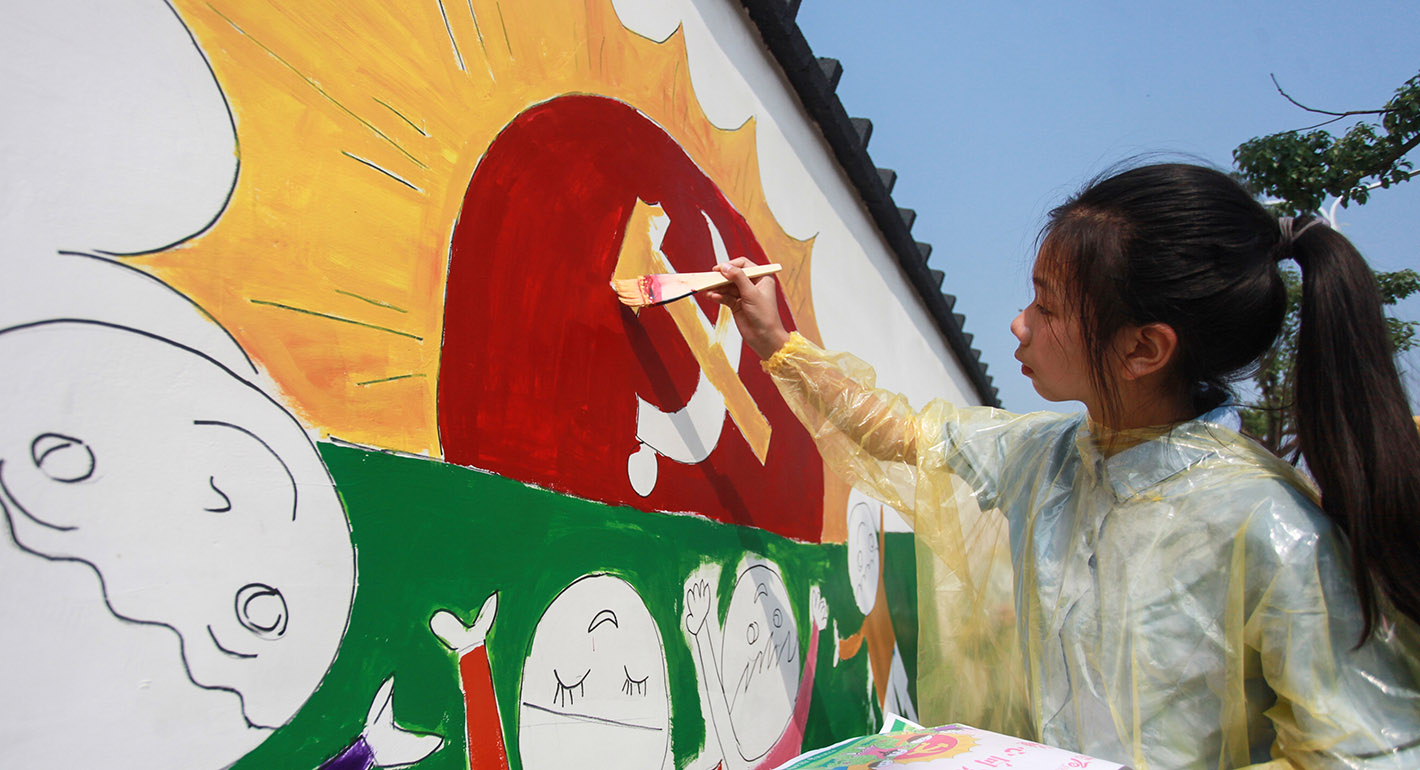The image of China in Indian minds has evolved and changed over the past seven decades. China has been perceived in many ways by many different audiences in India. At the risk of oversimplification, there have been three phases in which China’s image has changed and evolved.
Phase One: Bonhomie
The first phase lasted for a decade, from the founding of the PRC in 1949 to 1959. During these years, India regarded China as a fellow Asian country that had emerged from imperial control and stood ready to craft a new future. Although the political systems of the two countries were rather different, many Indians—including the top political leadership—believed that the countries had lots of avenues for cooperation and learning. This honeymoon period came to a close in 1959, when the border dispute came to the fore and the Dalai Lama fled Lhasa, Tibet, to take refuge in India.
Phase Two: Conflict
Over the next three years, these tensions rose to a boil and culminated in the Sino-Indian War of October-November 1962. During the same period, public and elite perceptions of China turned sharply negative. For many Indians who lived through the defeat of November 1962, Communist China came to be seen as an aggressive neighbor that sought to humiliate a democratic, non-aligned India. It took almost three decades for China-India relations to recover. Prime Minister Rajiv Gandhi’s visit to Beijing in 1989, and his meetings with Deng Xiaoping, marked the beginning of a new phase.
Phase Three: Cautious Admiration
The most recent phase, over the past twenty-five years, has been marked by India’s admiration for China’s developmental accomplishments. India also has questions about what China’s rise means for the international order and itself. Can the cooperative and competitive elements in the relationship coexist?
This quick take is part of a series authored by scholars from across the Carnegie Endowment’s global network, in advance of the seventieth anniversary of the founding of the People’s Republic of China.
- How Has the U.S.-China Relationship Changed Over Seventy Years?
Paul Haenle - How China Became Russia’s Most Important Partner
Alexander Gabuev - How Has Europe’s View of the People’s Republic of China Changed?
Judy Dempsey - How Has China’s Role in the Middle East Evolved?
Maha Yahya - Three Lessons China Has Learned About Global Governance
Lyu Jinghua - A Brief History of India’s Relationship with the People’s Republic of China
Srinath Raghavan
